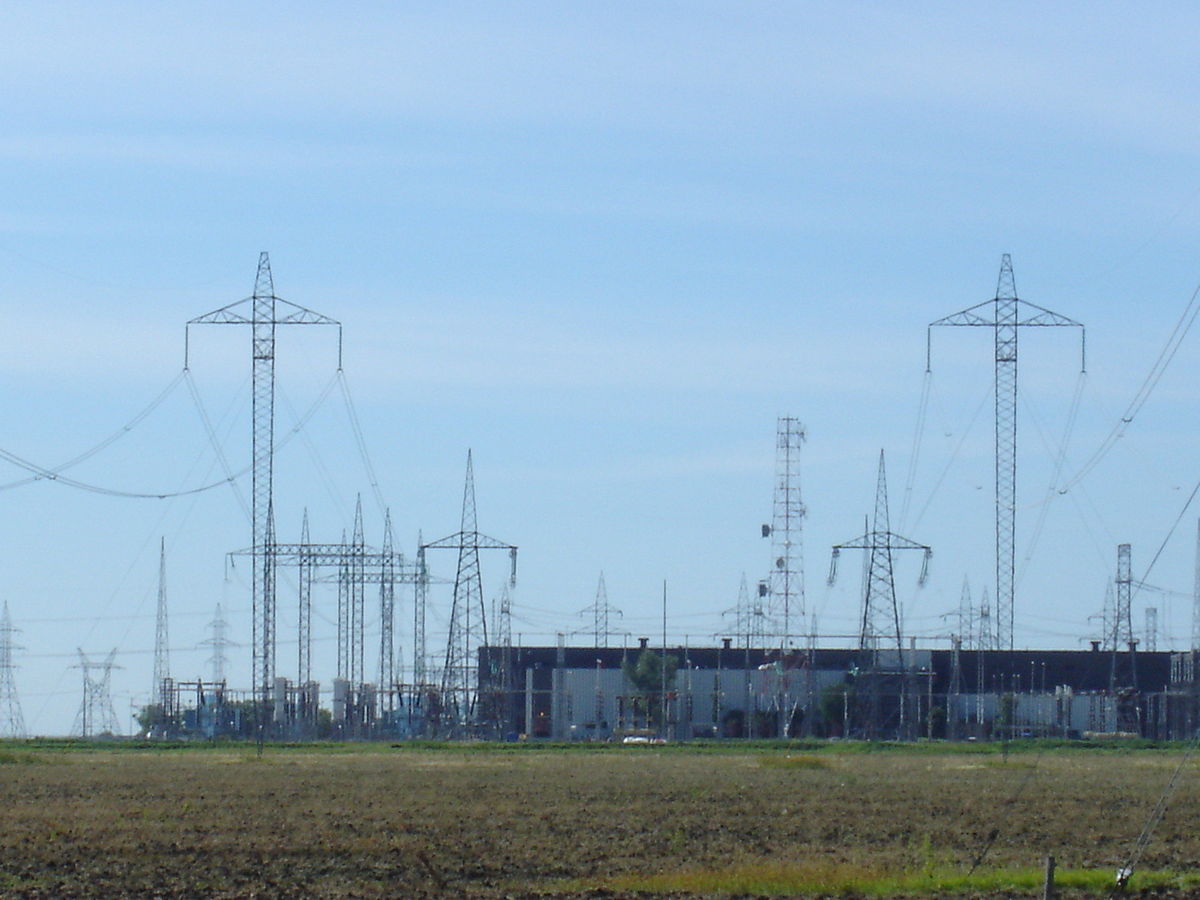slow-poke
Ultra Member
There are countless papers, link to Coles notes version:The tube analogy isn't enough for me. My bulb isn't glowing. A bit much to ask you to take the time to explain. Do you know of a writeup someplace that describes how that acdc conversion is done at those power levels?

Nelson River DC Transmission System - Wikipedia
I worked at both ends. Basically rectify the ac in the north, not unllike the ac to dc converter in the front end of a VFD except you need numerous stages to withstand the high voltages, each stage is a module that form an array or stack. The drive signals are optically isolated back to the control equipment (that's the part we worked on). At the Dorsey side similar hardware, where the 3-phase is regenerated. Countless control signals are required between the two ends, the most critical being what is referred to as the alpha or load signal that tells the North how much power is required at Dorsey.
BP1 with the mercury arc valves looks like something out of a science fiction movie. Apparently they have now replaced the MAV's with thyristors.
Last edited:
